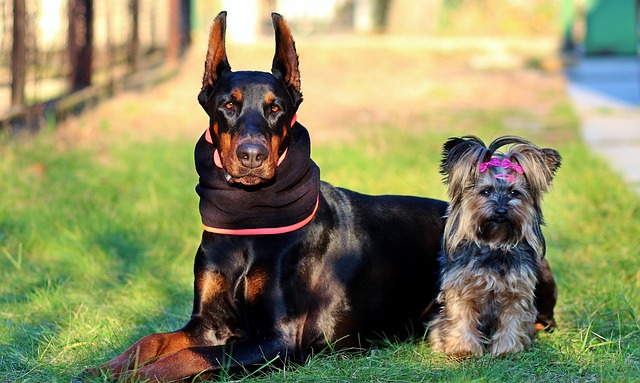
How to play with a dog on a hot day
When the sun blazes and the air feels like a warm blanket, your dog’s usual zoomies around the park might turn into listless stares at the door
When the sun blazes and the air feels like a warm blanket, your dog’s usual zoomies around the park might turn into listless stares at the door—and boredom can quickly lead to chewed shoes or scratched floors. Dogs thrive on mental and physical stimulation, but hot weather limits outdoor play, making indoor enrichment crucial. Without it, even the calmest golden retriever might start acting out, simply because their brain needs something to focus on.
Start with frozen fun that doubles as mental work. Take a Kong toy and stuff it with plain yogurt, a spoonful of peanut butter (no xylitol!), and a few kibbles, then freeze it overnight. When you pull it out, your pup will spend 20-30 minutes licking and nudging to get every bit—burning mental energy without breaking a sweat. For apartment dwellers, this is a game-changer: it’s quiet enough for early mornings or late nights, so you won’t get knocks from neighbors in your NYC or LA high-rise. Plus, it reinforces positive behavior—when they focus on the toy instead of chewing furniture, praise them with a “good job!” to build that trust.
Short, structured training sessions work wonders too. Dogs love learning new things, and hot afternoons are perfect for 5-10 minute lessons. Teach “spin” or “high five” using small treats as rewards—never scold if they mess up, since positive reinforcement builds confidence far better than raised voices. In places like Denver or Seattle, many dog trainers emphasize this: punishment only confuses them, while treats and praise make learning fun. Keep sessions near a fan or open window to keep them cool, and always have fresh water nearby—dehydration creeps in fast, even indoors.
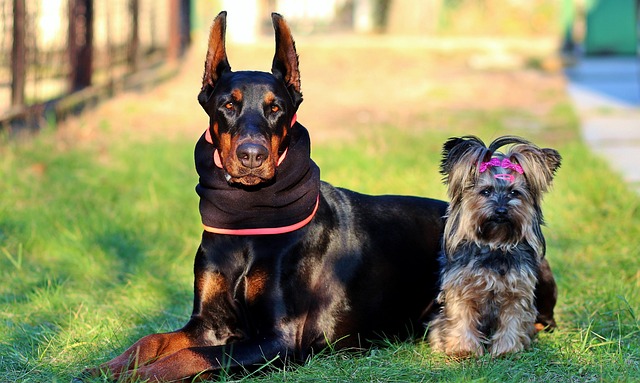
If you venture outside during the cooler early morning (before 8 a.m. in most southern states), keep it brief and purposeful. Throw a frisbee for 5 minutes, but stay alert: most cities, from Miami to Portland, require you to carry poop bags at all times, and fines for leaving waste can reach $150. Double-check their collar tags too—many counties mandate rabies vaccine proof on their ID, and vet clinics often ask for it during check-ups. When passing other dogs or kids, keep your pup close with a short leash—respecting personal space is key to good community vibes.
For extra variety, set up a “sniffing station” indoors. Lay out a towel and hide 3-4 treats under cups or folded corners; dogs use their powerful noses to hunt them down, tapping into their natural foraging instincts. This works great in small apartments because it doesn’t require space to run, and it’s silent enough for shared living spaces. Just remember: even on hot days, regular water breaks are non-negotiable—change their bowl water every 2-3 hours to keep it fresh.

When the sun blazes and the air feels like a warm blanket, your dog’s usual zoomies around the park might turn into listless stares at the door

Dogs sense our moods like little emotional barometers, but calming them doesn’t need fancy tricks. First, carve out their own quiet nook: a plush bed away from foot traffic, maybe near a window where they can watch birds.
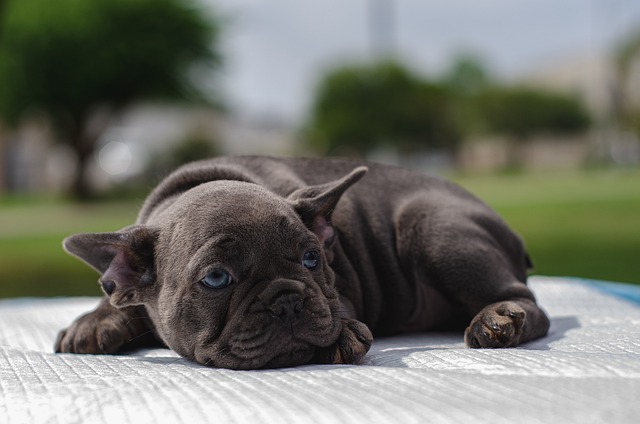
French bulldogs—with their squishy faces,bat-like ears,and wiggly tails—are hard not to adore.But their cute,compact bodies come with some unique physical traits that can put extra strain on certain parts of their anatomy,including their backs.

Watching a beloved dog grow old is a mix of joy and quiet sorrow. Those graying muzzles and slower steps hold a lifetime of memories, but as their bodies wind down, subtle shifts start to show.
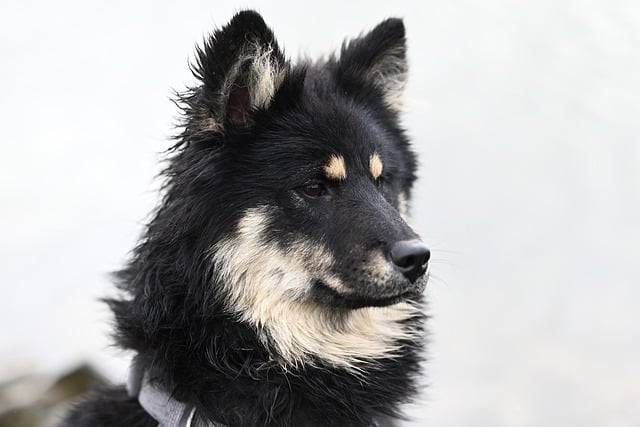
Watching your dog gray around the muzzle and slow down a little can tug at the heart, but aging doesn’t mean losing that spark.
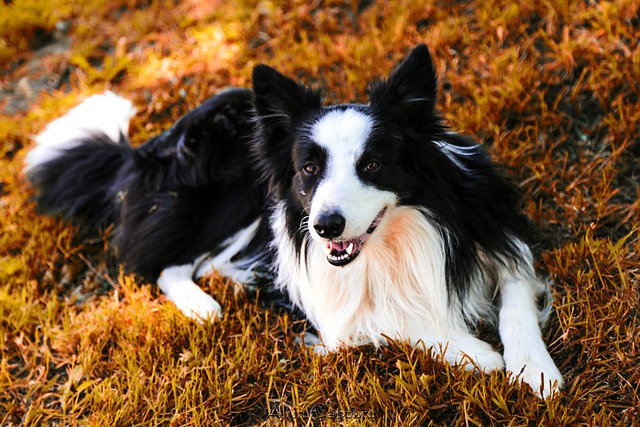
That panicked scramble when you turn on the garden hose or your pup's sudden refusal to step in a rain puddle - while viral videos show Labs gleefully diving into ponds